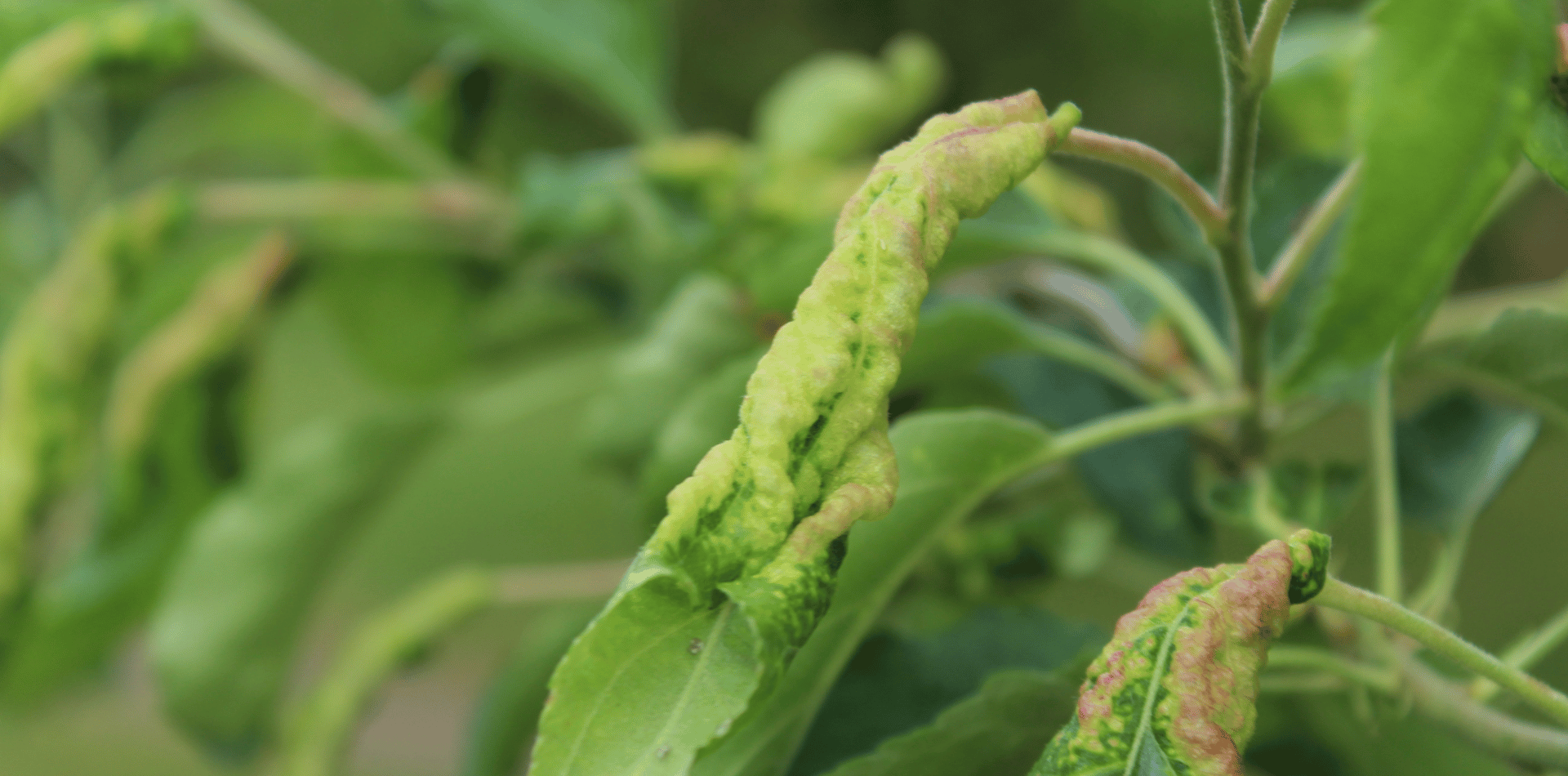Good Reasons to Remove Trees
Here are some good reasons to Remove a Tree
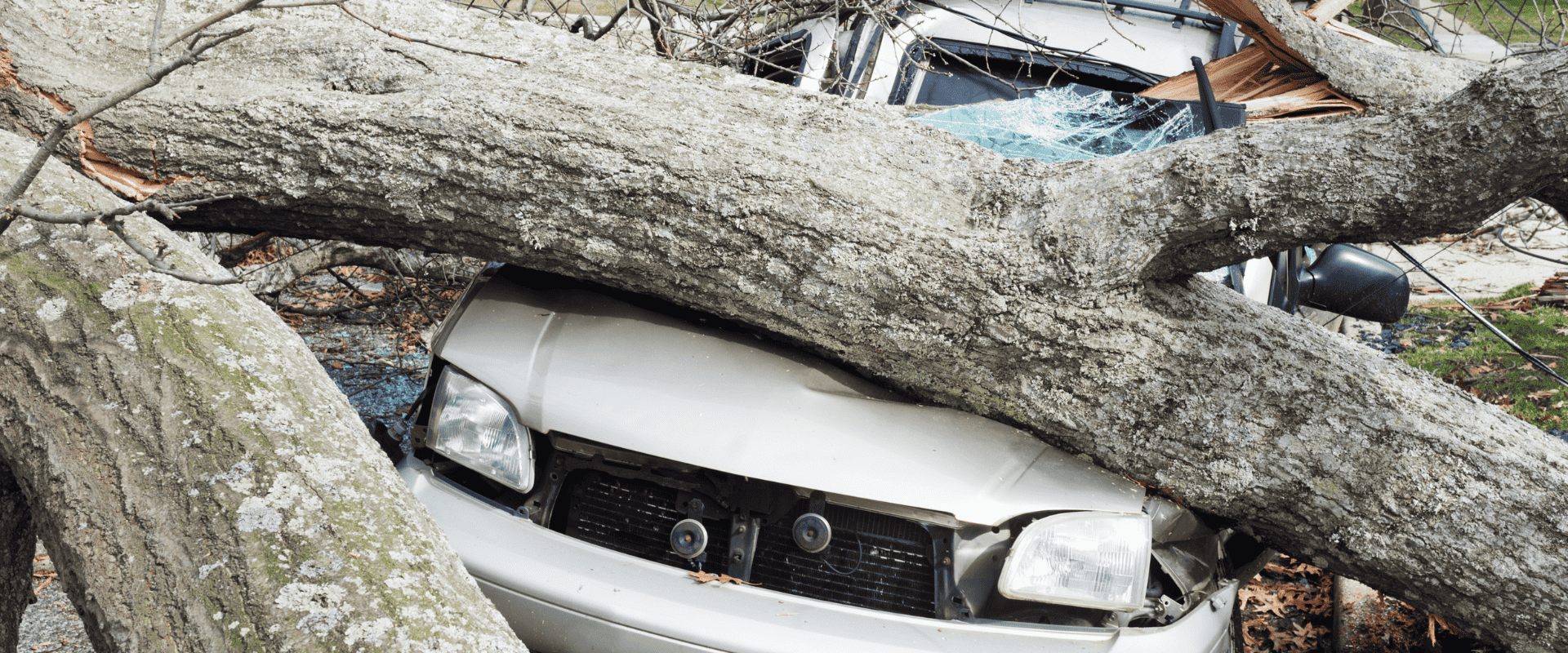
While trees are valuable assets to our environment, there are instances when tree removal becomes necessary. Whether it's due to safety concerns, health issues, or improving the aesthetics of your surroundings, removing a tree should be a carefully considered decision.
Let's look at some of the best reasons to remove a tree, emphasizing the importance of safety and the overall enhancement of your property.
Trees, while essential to the environment and often adding aesthetic value to landscapes, sometimes need to be removed for several critical reasons. One of the most compelling reasons to remove a tree is when it poses a safety hazard.
Safety
1. Safety Concerns
- Diseased or Dying Trees: As mentioned, trees that are diseased, dying, or in advanced stages of decay pose significant risks. Their weakened structures make them more susceptible to falling during adverse weather conditions, endangering lives, property, and other nearby trees.
- Proximity to Structures: Trees that grow too close to homes or other structures can cause damage. Their roots may undermine foundations, branches can threaten roofs, windows, and power lines, and in severe weather, the risk of damage escalates.
- Vision Obstruction: Trees that obstruct visibility near roadways and intersections can create hazardous conditions for pedestrians and drivers, necessitating removal to enhance safety.
2. Infrastructure Interference
- Root Systems Damaging Utilities: Roots can intrude into sewer lines, water pipes, and disrupt underground utilities, causing significant damage and necessitating costly repairs.
- Interference with Construction: Trees may need to be removed to make way for new construction projects, including buildings, roads, or utility installations, especially when alterations to the plan to accommodate the tree are impractical or impossible.
3. Environmental Health and Balance
- Invasive Species Control: Non-native trees that become invasive can threaten local ecosystems, outcompeting native vegetation and altering habitats. Removing these invasive species helps protect the biodiversity and health of local ecosystems.
- Disease Control: Removing infected trees can sometimes be necessary to prevent the spread of diseases to other healthy trees in the area, especially if the disease is highly contagious and poses a significant threat to the tree population.
4. Land Use and Management
- Agricultural Development: In areas designated for agriculture, removing trees may be necessary to clear land for planting crops or grazing livestock.
- Fire Management: In fire-prone areas, removing trees can create firebreaks that help prevent the spread of wildfires, protecting ecosystems, homes, and lives.
5. Aesthetic and Practical Considerations
- Landscape Improvements: Sometimes, trees are removed as part of landscaping projects to improve views, enhance property values, or make space for new plants or garden features.
- Sunlight Maximisation: Removing trees can increase sunlight exposure to homes and gardens, which is beneficial for solar panel efficiency, reducing mould and mildew on buildings, and growing sun-loving plants.
While the removal of trees should always be considered carefully and as a last resort, these reasons highlight the complexity and range of considerations that can make tree removal necessary. Whenever trees are removed, it's important to consider mitigation strategies, such as planting new trees in more suitable locations, to maintain and enhance the overall green canopy and ecological balance.
Overhanging branches
1. Risk to Property and Infrastructure
- Structural Damage: Large branches overhanging buildings can cause structural damage if they fall. This risk is heightened during storms and high winds. Damage can range from broken roofs and windows to more severe structural compromise.
- Utility Disruptions: Branches that extend over power lines pose risks of electrical outages, surges, and even fire hazards if they fall or come into contact with the lines. Utilities often have specific guidelines and regular maintenance schedules to manage these risks, but homeowners also bear responsibility for managing tree growth on their property.
- Blocked Drains and Gutters: Overhanging branches can lead to an accumulation of leaves and debris in gutters and drains, leading to water damage and potential flooding issues.
2. Personal Safety Concerns
- Injury Risks: Falling branches, especially those that are large and heavy, can cause serious injuries or even fatalities to people in the vicinity. This risk is particularly concerning in areas where people frequently gather, such as parks, playgrounds, and residential yards.
- Reduced Visibility: Overhanging branches can also obscure visibility along roads and pathways, creating hazards for drivers, cyclists, and pedestrians. This is especially critical near intersections, where clear visibility is essential for safety.
3. Legal and Financial Implications
- Liability Issues: As a property owner, you might be held liable for any damage or injury caused by falling branches from trees on their property. This can lead to costly legal and insurance claims.
- Insurance Premiums: The presence of overhanging branches near buildings can also affect insurance premiums, with higher risks leading to higher costs.
4. Environmental and Community Considerations
- Ecological Impact: While tree removal or pruning should be considered carefully to preserve environmental benefits, the removal of hazardous branches can sometimes enhance the health of the tree and surrounding vegetation by reducing competition for light and resources.
- Community Aesthetics: Proper tree maintenance, including the removal of overhanging branches, can improve the aesthetic appeal of neighbourhoods and community spaces, potentially increasing property values and community satisfaction.
Management Strategies
- Pruning and Maintenance: Regular pruning by professionals can manage the growth of overhanging branches, reducing risks while preserving the health and aesthetic value of trees.
- Tree Assessment: Regular assessments by certified arborists can identify potential hazards early and recommend actions to mitigate risks without necessarily removing the entire tree.
- Replacement with Suitable Species: When removal is necessary, replacing problematic trees with species that have more suitable growth habits for the location can prevent future issues.
The decision to remove or prune overhanging branches should balance safety concerns with environmental considerations, aiming to preserve the valuable role trees play in urban and natural
Leaning or uprooted trees
Trees that are leaning significantly or have become partially uprooted represent a serious hazard, warranting immediate attention. These trees are structurally compromised, making them highly susceptible to falling under their own weight or due to external pressures such as wind and rain. The reasons for removing such trees extend beyond the immediate threat of falling, encompassing broader concerns for safety, property integrity, and environmental health.
1. Immediate Safety Hazards
- Potential to Fall: The primary concern with leaning or uprooted trees is their potential to fall without warning, posing a significant risk to life and property. This risk is magnified in populated areas, where falling trees can injure people, pets, and wildlife.
- Unpredictable Direction of Fall: Leaning or partially uprooted trees can fall in unpredictable directions, complicating efforts to mitigate risks through cordoning off areas or other preventive measures.
2. Property and Infrastructure Damage
- Direct Damage from Falling: If a leaning or uprooted tree falls onto a building, vehicle, or other structure, it can cause extensive damage, requiring costly repairs or replacements.
- Utility Disruptions: Such trees can also fall onto power lines or other utilities, leading to disruptions, potential service outages, and even fire hazards if electrical lines are involved.
3. Legal and Financial Implications
- Liability for Damages: Property owners may be held liable for any damage caused by a falling tree from their property, including injuries to individuals or damage to neighbouring properties.
- Increased Insurance Costs: The presence of a known hazard like a leaning or uprooted tree can affect insurance policies, potentially leading to increased premiums or denial of claims if the risk was not adequately managed.
4. Environmental and Ecological Considerations
- Impact on Surrounding Vegetation: A falling tree can damage surrounding vegetation, leading to further ecological imbalances and the loss of habitat for wildlife.
- Soil Erosion and Stability: The uprooting process can disturb the soil, leading to erosion and affecting the stability of nearby land and vegetation.
Management and Mitigation Strategies
- Professional Assessment: A certified arborist can assess the stability of a leaning or uprooted tree and provide recommendations for its removal or, in some cases, stabilisation.
- Timely Removal: Prompt removal of such trees is crucial to mitigate risks, especially if the tree is located near areas frequented by people or valuable property.
- Replanting: Following the removal of a hazardous tree, replanting with a suitable species can help restore the environmental balance and contribute to the local ecosystem's health.
Ethical and Responsible Removal
While the removal of leaning or uprooted trees is often necessary, it should be approached with consideration for environmental impacts, ensuring that the process is carried out ethically and responsibly. Where possible, the wood from removed trees can be repurposed or recycled, minimising waste and supporting sustainability efforts.
The removal of leaning or uprooted trees is a critical action to prevent potential injuries and property damage. This decision should be informed by professional assessments, with a focus on safety, legal responsibilities, and environmental stewardship.
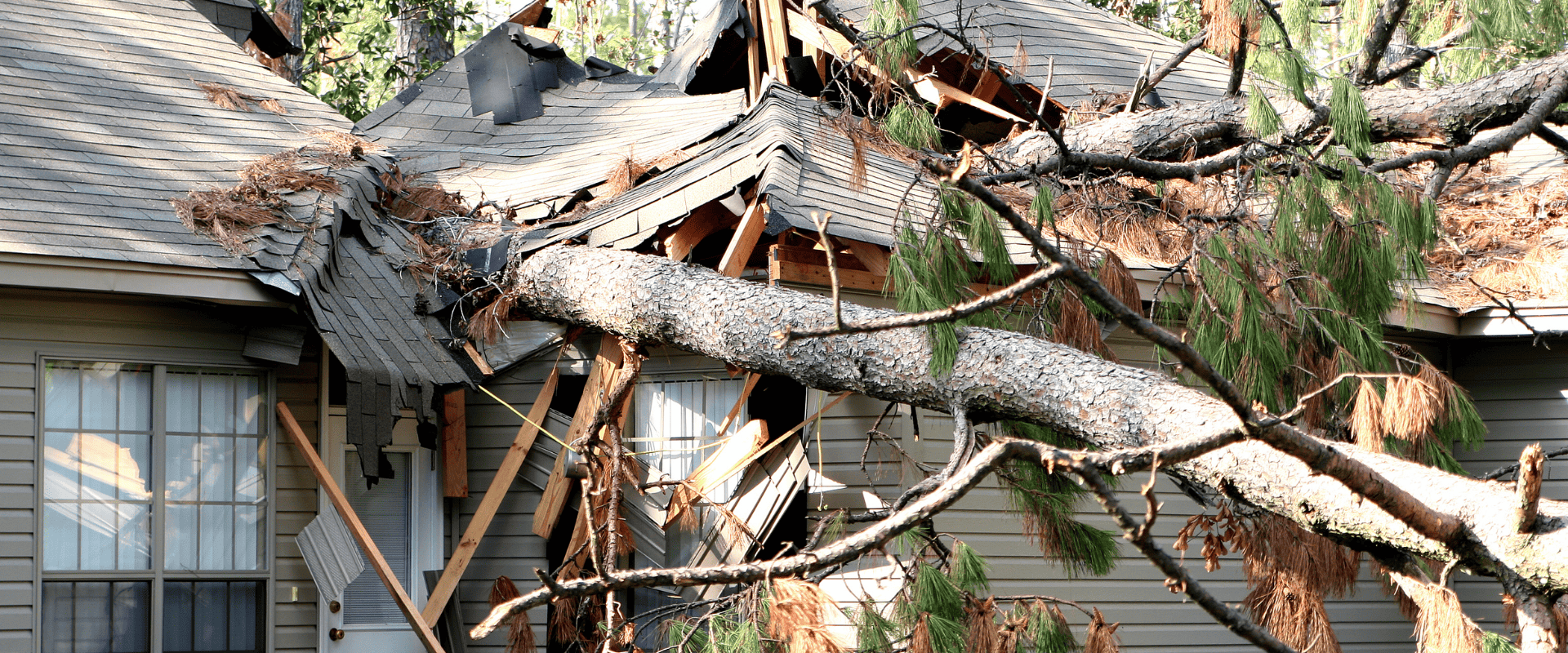
Property Damage
Removing a tree to prevent potential property damage is a valid reason.
Consider the following scenarios:
Invasive roots
Trees with invasive or aggressive root systems pose a unique challenge to urban planning, infrastructure maintenance, and property management. While trees are invaluable for their environmental benefits, including air purification, shade, and habitat for wildlife, their root systems can sometimes cause significant problems, particularly in urban or suburban settings.
Here are some of the reasons and contexts in which the removal of such trees becomes a necessary consideration:
Damage to Infrastructure and Utilities
- Underground Utilities: Roots can intrude into and damage water pipes, sewer lines, and other underground utilities, leading to leaks, blockages, or even the catastrophic failure of these systems. Repairing such damage often requires costly excavation and can disrupt services for extended periods.
- Sidewalks and Roads: Aggressive roots can uplift and crack concrete sidewalks, asphalt roads, and other paved surfaces, creating tripping hazards and necessitating expensive repairs. This damage also affects the accessibility of public spaces and can lead to liability issues for property owners or municipalities.
- Foundations and Structures: In their search for moisture and nutrients, roots can extend under foundations, causing cracking, settling, or shifting. Over time, this can compromise the structural integrity of buildings, leading to potentially unsafe conditions and expensive structural repairs.
Environmental Considerations
- Water Table and Soil Erosion: Certain tree species, especially those not native to the area, can alter the local water table or contribute to soil erosion. Their removal, when necessary, should be balanced with the planting of more suitable species that support local ecosystems.
- Biodiversity Impact: Invasive tree species can outcompete native vegetation for resources, leading to a decrease in biodiversity. Removing these invasive species can help restore natural habitats and support native flora and fauna.
Economic Impacts
- Property Value: Damage caused by invasive roots can negatively affect property values. The potential for future damage can also be a concern for prospective buyers, making it a critical issue for property sellers and developers.
- Cost of Repairs: The costs associated with repairing damage to utilities, infrastructure, and buildings can be significant. Preventative removal of trees with aggressive root systems can be a cost-effective measure in the long run.
Preventative and Remedial Actions
- Root Barriers: In some cases, installing physical barriers to guide root growth away from sensitive areas can be an effective strategy, though it's not always feasible or guaranteed to work in the long term.
- Regular Inspections: Regular inspections by arborists can help identify potential problems early, allowing for remedial pruning of roots or other measures before removal becomes the only option.
- Choosing the Right Trees: Planting species with less aggressive root systems, especially in areas close to buildings and infrastructure, can prevent many of these issues.
Ethical and Responsible Removal
- When removal is necessary, it should be done responsibly, ensuring minimal impact on the environment. This includes considering the timing of removal to avoid disturbing nesting birds and other wildlife, as well as replanting native or non-invasive species as replacements to maintain urban green spaces.
While the decision to remove a tree is never taken lightly, recognizing the potential for invasive roots to cause damage is crucial. By weighing the costs and benefits and exploring all possible mitigation strategies, property owners and city planners can make informed decisions that protect both the built and natural environments.
Overcrowding
Overcrowding among trees in forests, urban green spaces, or landscapes can lead to numerous problems that not only affect the health and growth of the trees themselves but also have broader ecological, safety, and aesthetic implications. In such scenarios, strategically removing some trees can provide significant benefits, ensuring the sustainability and vitality of the remaining trees and the surrounding environment. Managing overcrowded tree populations through selective removal can be advantageous:
Improvement in Tree Health and Vitality
- Reduced Competition: Trees in overcrowded conditions compete fiercely for limited resources, including sunlight, water, and nutrients. Thinning out trees can reduce this competition, allowing the remaining trees to access the resources they need to thrive.
- Increased Resistance to Pests and Diseases: Stressed and weakened trees are more susceptible to pest infestations and diseases. By alleviating competition, the healthier trees can better resist these threats, leading to a more resilient stand.
Enhancement of Forest and Landscape Aesthetics
- Better Growth Patterns: Removing some trees, especially those that are poorly formed or less vigorous, can improve the overall structure and appearance of the landscape.
- Increased Diversity: In some cases, overcrowding can lead to the dominance of one species over others. Strategic removal can help maintain or increase biodiversity, enhancing the ecological balance and aesthetic variety.
Safety and Risk Mitigation
- Prevention of Falling Trees and Branches: Overcrowded trees, competing for the same resources, may not develop strong structures and are more likely to produce weakened limbs or trunks. Removing some trees can reduce the risk of limbs or entire trees falling, thereby enhancing safety for people and property below.
- Improved Accessibility for Maintenance: Thinning out trees can make it easier for arborists and property owners to access and maintain the remaining trees, ensuring their health and stability.
Promotion of Understory Development
- Improved Light Penetration: Excessive shade from overcrowded canopies can inhibit the growth of understory plants, including young trees and shrubs. Selective tree removal can allow more light to reach the ground, promoting a diverse and healthy understory.
- Enhanced Wildlife Habitat: A diverse understory provides food, nesting sites, and cover for various wildlife species, contributing to a healthier and more balanced ecosystem.
Support for Sustainable Forestry and Land Use Practices
- Resource Management: In managed forests, selectively removing trees can be part of sustainable forestry practices, aimed at producing timber while maintaining an ecologically balanced environment.
- Fire Risk Reduction: In fire-prone areas, reducing tree density can lower the risk of wildfires spreading rapidly through dense stands, protecting ecosystems and nearby human communities.
Economic Benefits
- Timber and Other Products: Selective removal can provide economic benefits through the sale of timber, firewood, or other forest products, contributing to the economic viability of forestry operations or providing resources for property owners.
Management Considerations
- Professional Guidance: The decision to remove trees due to overcrowding should involve input from forestry experts or certified arborists, who can assess the specific conditions and recommend the most beneficial course of action.
- Long-term Planning: Effective management of tree density is an ongoing process that may require periodic reassessment and action to adapt to changing conditions and ensure the long-term health and stability of the tree population.
While the removal of trees due to overcrowding may seem counterintuitive at first, it is often a necessary measure for the health of the ecosystem, the safety of the surrounding area, and the aesthetic value of the landscape. By carefully considering which trees to remove, the remaining trees can flourish, leading to a stronger, healthier, and more diverse environment.
Encroachment
Structural Damage
Trees that have grown too close to buildings or structures pose significant risks. Their roots, often in search of water and nutrients, can extend far beyond the tree's visible boundary. These roots can exert pressure on foundations, leading to cracks, uplift, and, in extreme cases, significant structural damage. The cost of repairing such damage can be substantial, not to mention the potential for decreased property value.
Physical Damage
Branches that come into contact with structures can cause physical damage in several ways. They may scrape against roofs, siding, or windows during high winds, leading to wear and tear that compromises the integrity of these surfaces. Over time, this can result in leaks, which may lead to water damage inside the building. Additionally, branches can pose a risk to power lines, which not only causes damage but can also create dangerous situations during storms.
Blocked Pathways
Trees can also grow into pathways or driveways, causing obstructions. This can make navigation difficult, potentially leading to accidents. Moreover, roots that surface can crack pavement and sidewalks, presenting tripping hazards and making the area unsightly.
Additional Considerations
Disease and Pest Infestation
Trees that are diseased or infested with pests can pose a risk to healthy trees and plants nearby. Removing such trees can prevent the spread of disease or pests, protecting the health of the surrounding ecosystem.
Sunlight and Water
Large trees can block sunlight and use up significant amounts of water from the soil, affecting the growth of nearby plants. In cases where trees overshadow vegetable gardens, flower beds, or lawns, removing them can improve the growth conditions for other vegetation, promoting a diverse and healthy garden.
Aesthetic Reasons
In some instances, trees may be removed for aesthetic reasons, especially if they have grown in a way that disrupts the planned landscaping of a property. However, this reason should be carefully weighed against the environmental benefits that trees provide.
While the decision to remove a tree should not be taken lightly, there are valid reasons for doing so, particularly when it comes to encroachment on structures. Property owners facing this decision should consult with arborists or tree removal experts to explore all options, including pruning or root barriers, before opting for removal. When removal is necessary, replacing the tree with a more suitable species in a better location can help mitigate the environmental impact.
Landscaping and Aesthetics
Landscaping and aesthetics are crucial considerations for property owners who aim to maintain or enhance the visual appeal and functionality of their outdoor spaces. Trees, while often central to garden design, can sometimes detract from the landscape's beauty or its practical use.
Diseased or Unsightly Trees
Disease Impact
Trees affected by diseases can become unsightly and lose their aesthetic value. Diseases such as blight, canker, or root rot can lead to visible damage, including discoloured leaves, dead branches, and overall decline in vigour. Not only does this impact the tree's appearance, but it can also pose a risk to the health of nearby plants as diseases can spread through spores carried by the wind.
Pest Infestations
Pest infestations, such as those by beetles, borers, or termites, can cause significant visual and structural damage to trees. The affected tree may exhibit holes in its bark, sawdust-like frass, or a general appearance of being unhealthy. Beyond aesthetics, infested trees can become weak and potentially dangerous if their structural integrity is compromised.
Unappealing Growth Patterns
Some trees may develop growth patterns that are considered unsightly or that interfere with the desired look of a landscape. This could include uneven growth, significant leaning, or excessive density that blocks views or light. In urban or suburban settings, trees that shed large amounts of debris, such as leaves, seeds, or fruit, can also be seen as undesirable.
Improving Landscape Possibilities
Opens Up Space
Removing a tree can provide the necessary space for new landscaping projects or outdoor features, such as a patio, pool, or garden. It can also open up the area to more sunlight, which is essential for the growth of many types of plants and grass.
Enhances Views and Light
In some cases, trees can obstruct scenic views or reduce the amount of natural light reaching a property. Removing such trees can dramatically improve the quality of light inside homes and enhance the views from within the property, potentially increasing its value.
Design Flexibility
Removing trees can give property owners the flexibility to redesign their landscapes to better suit their aesthetic preferences or functional needs. This could include planting more desirable tree species, creating themed gardens, or incorporating hardscape elements like walkways and benches that complement the overall landscape design.
Considerations and Alternatives
While there are good reasons for tree removal in the context of landscaping and aesthetics, it's important to consider the environmental impact. Trees play a crucial role in carbon sequestration, providing habitat for wildlife, and contributing to the local ecosystem's health. Before deciding on removal, you should consider alternatives such as pruning or transplanting, which can address some issues without losing the tree. Consulting with a landscape designer or arborist can provide insights into creative solutions that balance aesthetics with ecological benefits. When removal is the only option, replacing the removed tree with native and beneficial species can help maintain the ecological balance and enhance the property's aesthetic appeal.
Improved sunlight and air circulation
Improving sunlight penetration and air circulation within a landscape can have a multitude of benefits, both for the health of the ecosystem and the aesthetic appeal of the area. Large trees, while majestic and beneficial in many ways, can sometimes create challenges for the growth and maintenance of a vibrant landscape. Here are some detailed reasons why improved sunlight and air circulation are good reasons for the strategic removal of trees.
Enhances Plant Growth
Sunlight is fundamental for the process of photosynthesis, through which plants produce energy. In gardens, lawns, or natural landscapes overshadowed by large trees, insufficient sunlight can lead to poor plant growth, weakened conditions, and a diminished appearance. Removing or thinning trees can dramatically increase the amount of sunlight reaching the undergrowth, enabling a more diverse and robust plant community.
Benefits Vegetable and Flower Gardens
Vegetable and flower gardens, in particular, often require full sun to thrive. Species that produce fruits, vegetables, or flowers typically need more sunlight to yield a substantial harvest or bloom fully. By removing trees that cast too much shade, gardeners can improve the productivity and vibrancy of their gardens.
Improves Turf Health
Grass in shaded areas often struggles to grow, leading to patchy, thin, or completely bare patches in lawns. This not only affects the lawn's appearance but also its health, making it more susceptible to disease and invasion by weeds or moss. Increasing sunlight exposure by tree removal can lead to thicker, healthier, and more resilient turf.
Enhanced Air Circulation
Reduces Fungal Infections
Many types of fungal infections thrive in moist, stagnant conditions, which can be exacerbated by poor air circulation under the dense canopy of large trees. Fungal diseases like powdery mildew, rust, and leaf spot can disfigure leaves, stunt growth, and, in severe cases, kill plants. Improving air circulation by removing or thinning trees can help dry out foliage and soil, reducing the prevalence of these infections.
Prevents Stagnant Areas
Areas with poor air circulation can become stagnant, creating an environment that is not only unhealthy for plants but can also attract pests and create unpleasant odours. By improving airflow through strategic tree removal or thinning, these issues can be minimized, leading to a fresher and more pleasant environment.
Strategic Considerations
While the removal of trees for improved sunlight and air circulation can bring about significant benefits, it is important to approach this decision with consideration for the environment and the overall ecosystem. Trees play a crucial role in carbon sequestration, providing habitat for wildlife, and offering shade and cooling effects that can be particularly valuable in urban areas.
Before proceeding with tree removal, it's wise to consult with a professional arborist or landscape designer. They can offer insights into which trees could be removed or pruned to balance the need for light and air with the ecological benefits trees provide. Additionally, when trees are removed, replacing them with smaller, strategically placed species can ensure the landscape remains environmentally supportive while meeting the desired goals for sunlight and air.
Design and functionality
The integration of design and functionality into outdoor spaces has become a central aspect of contemporary landscape planning. Trees, as significant elements within these spaces, play a pivotal role in determining the aesthetic and practical use of an area. However, there are situations where the removal of trees can significantly enhance the design and functionality of a landscape, aligning it more closely with the owner's needs and preferences.
Here are some aspects where tree removal can be particularly beneficial:
Expanding Usable Space
Outdoor Activities and Amenities
Large trees, especially those with expansive root systems, can dominate a space, limiting the options for its use. Removing such trees can open up areas, making room for outdoor activities and amenities like children's play areas, BBQ areas, or vegetable gardens. These additions can enhance the quality of life for residents by providing spaces for relaxation, play, and socialising.
Installation of Patios and Decks
Patios and decks are popular features that extend the living space of a home outdoors, offering a comfortable area for leisure and entertaining guests. In some cases, the presence of a tree can obstruct the potential location for such structures, either due to its physical space or the root system that might interfere with construction. Removing the tree can provide the necessary space to install these features, enhancing the home's functionality and potentially increasing its value.
Enhancing Landscape Design
Improved Aesthetic Appeal
The removal of a tree can sometimes enhance the aesthetic appeal of a property by allowing for a more cohesive landscape design. This might involve creating a more open, manicured look, or making space for ornamental gardens that complement the architectural style of a home. It can also allow for a better view of the surroundings, whether it's a scenic landscape or an urban skyline.
Allows for Thematic Landscaping
Certain landscaping themes, such as Japanese gardens, xeriscaping, or formal gardens, may require specific types of vegetation and open spaces. Removing trees that don't fit within the desired theme can allow for a more consistent and immersive design, where every element of the landscape works together to create a specific atmosphere or visual effect.
Increasing Flexibility for Future Projects
Infrastructure Improvements
The space gained by removing a tree can be essential for future home improvement projects, such as extensions, swimming pools, or solar panel installations. These improvements can significantly enhance the functionality and value of a property but often require considerable space that might not be available without removing trees.
Considerations and Alternatives
While the benefits of tree removal for design and functionality are clear, it's important to weigh these against environmental considerations. Trees offer numerous benefits, including air purification, habitat for wildlife, and cooling shade. Therefore, before proceeding with tree removal, exploring alternatives such as pruning or relocating the tree could provide a compromise between maintaining these benefits and achieving the desired landscape design.
Consulting with a landscape architect or designer can provide innovative solutions that incorporate existing trees into the design, potentially saving them from removal. If removal is the only viable option, planning for the planting of new trees or vegetation that aligns with the landscape's design and functional goals can help mitigate the environmental impact.
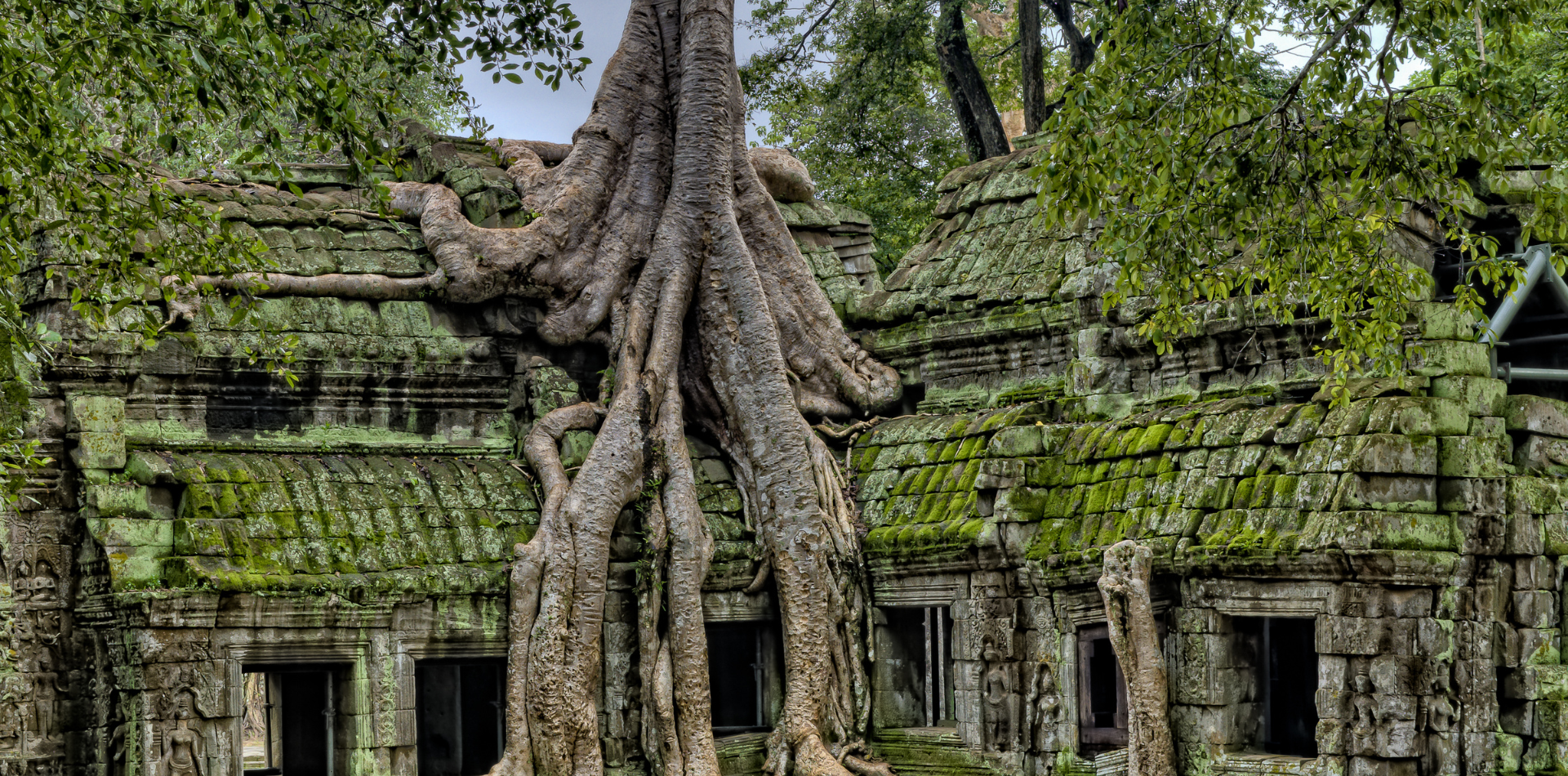

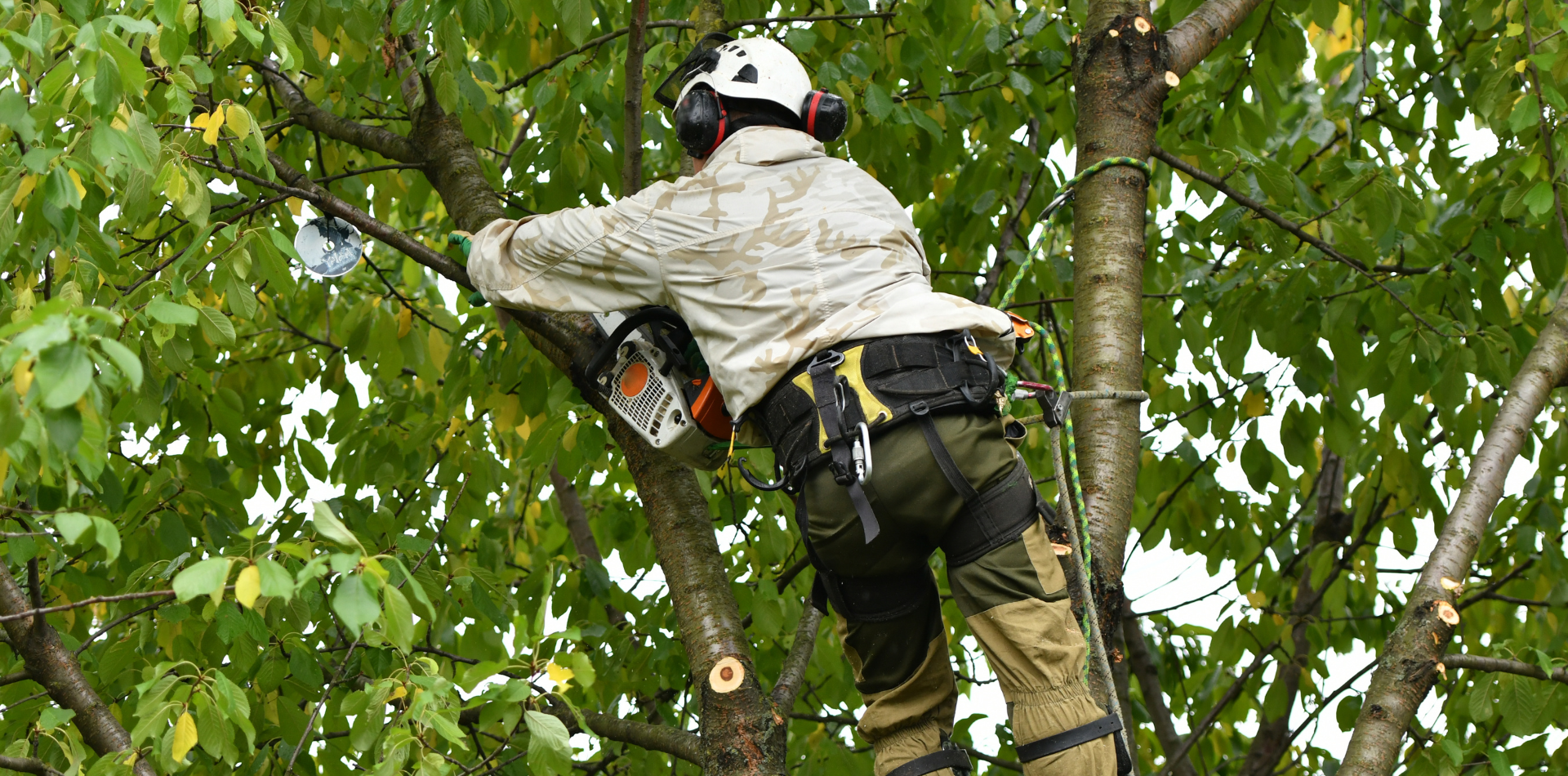
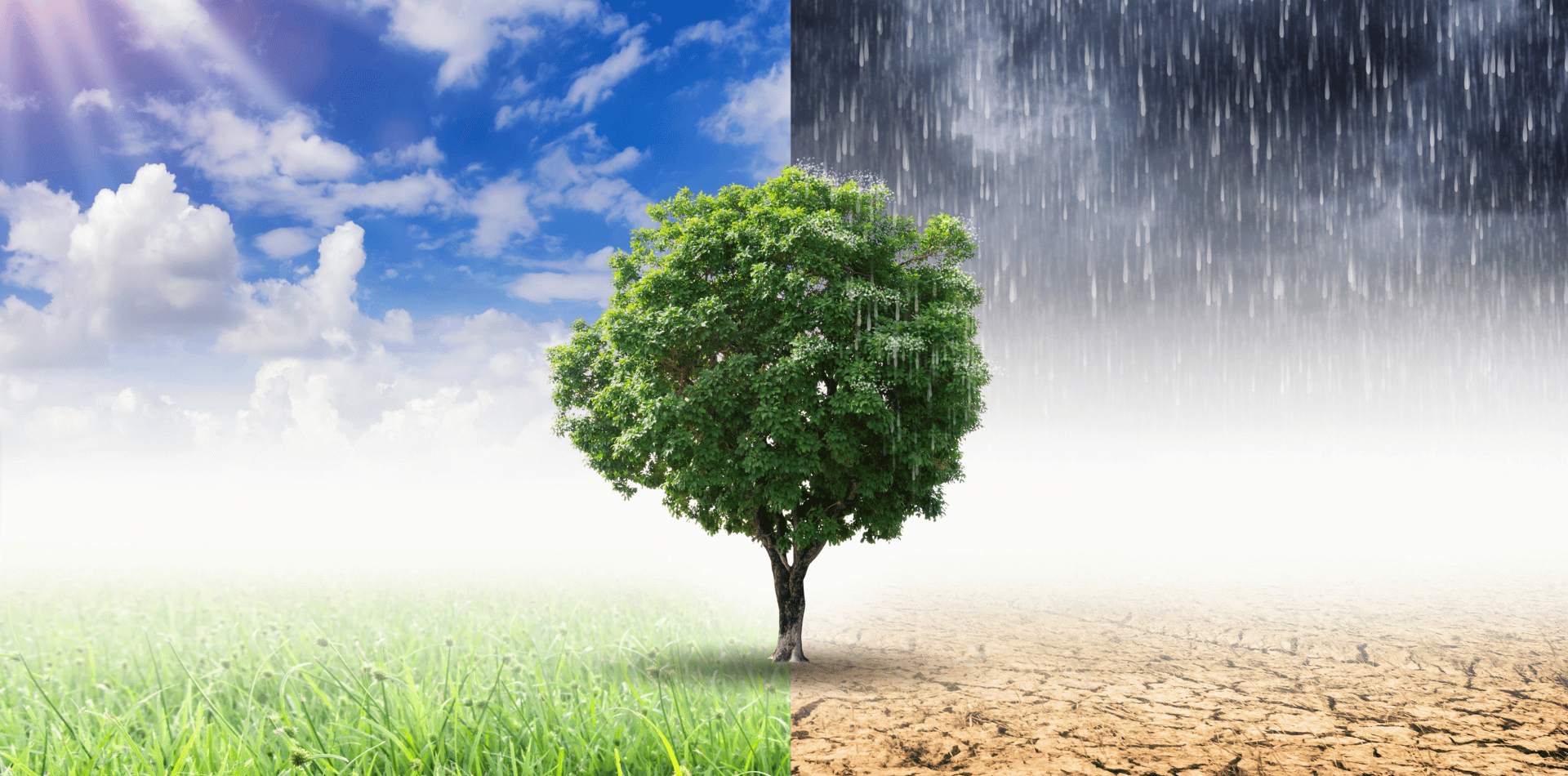
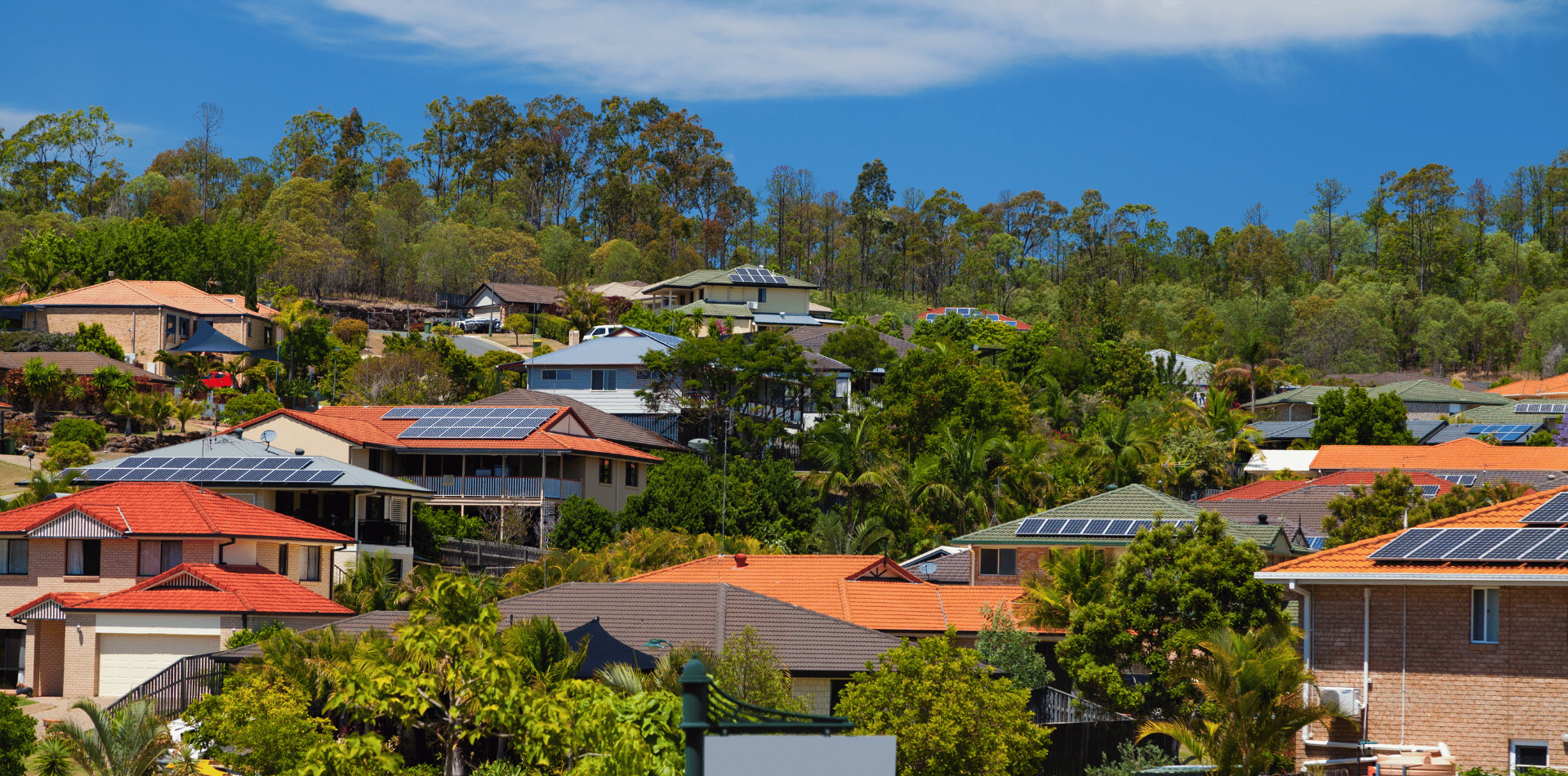
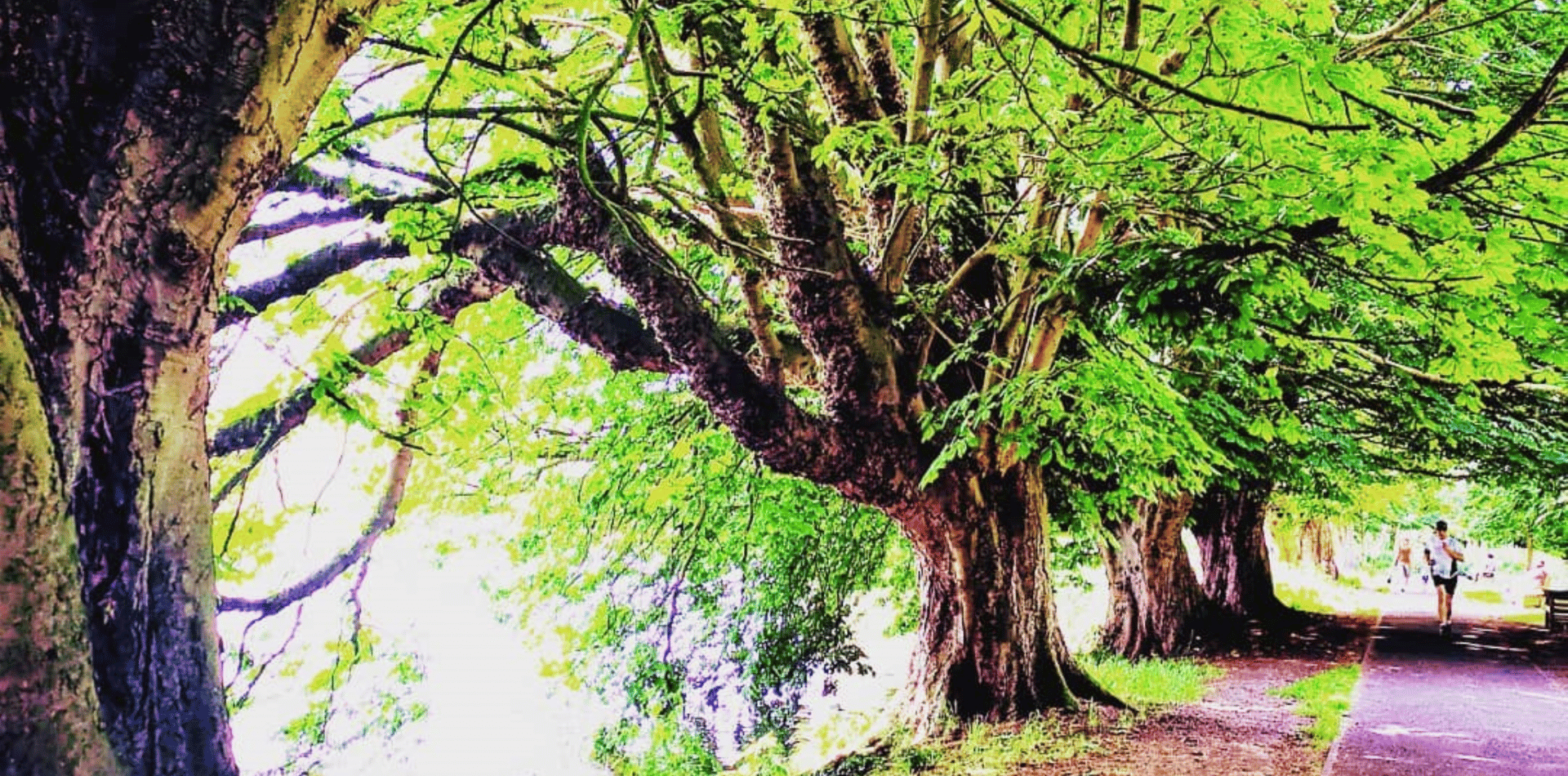
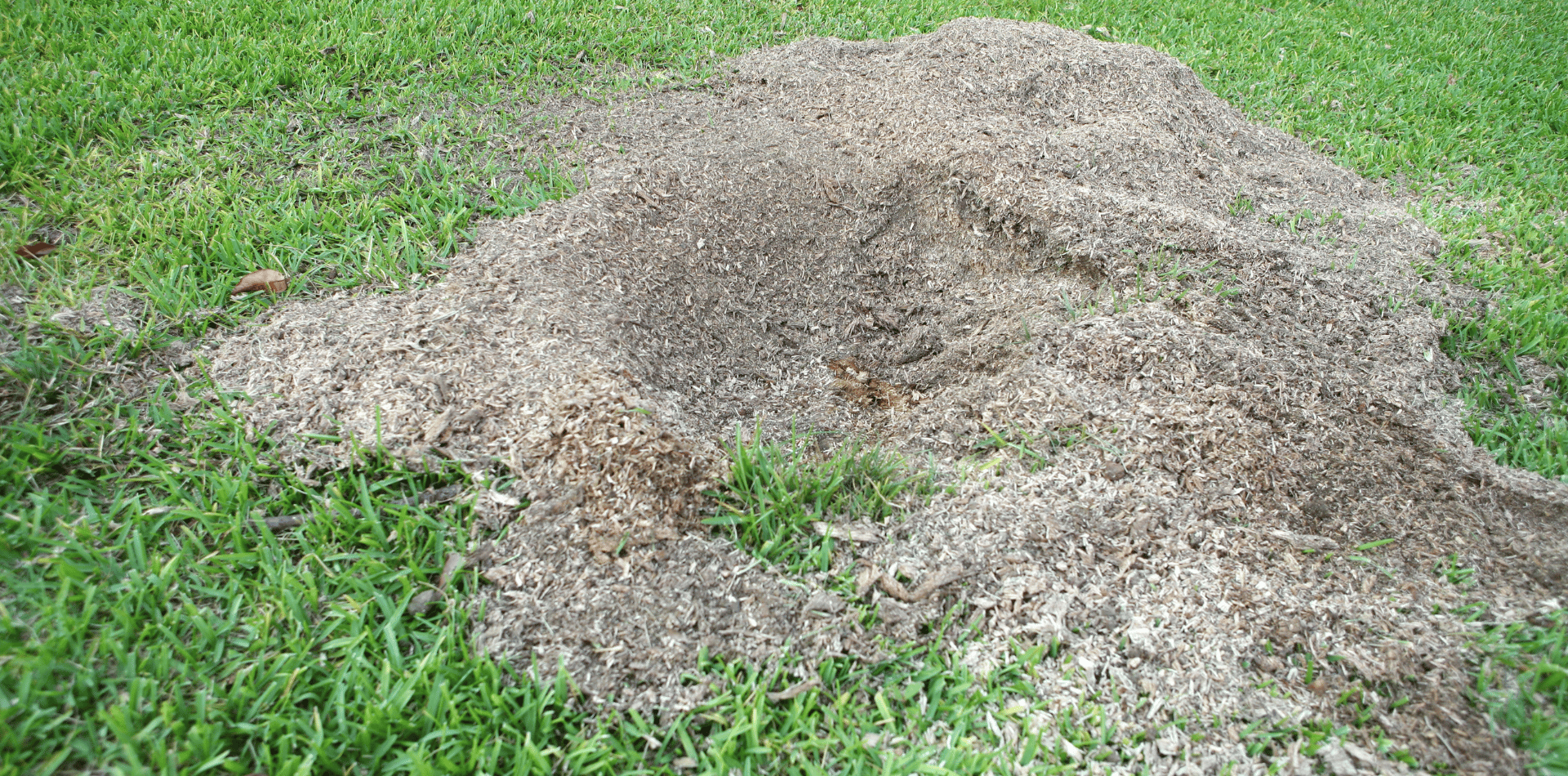
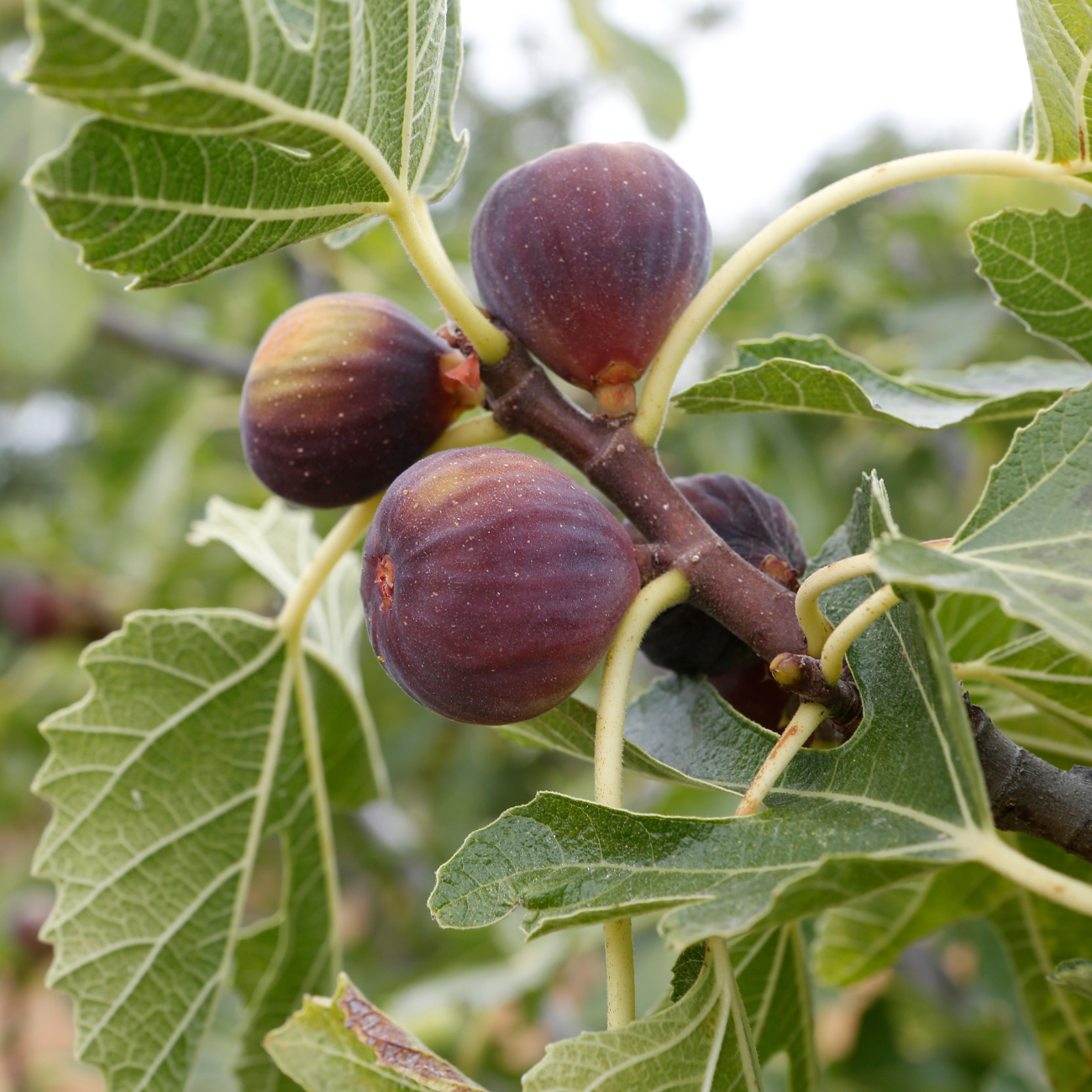

Contact
Kaptol Tree Removal Newcastle
A Member of the Kaptol Group
Powered by Kaptol Media

